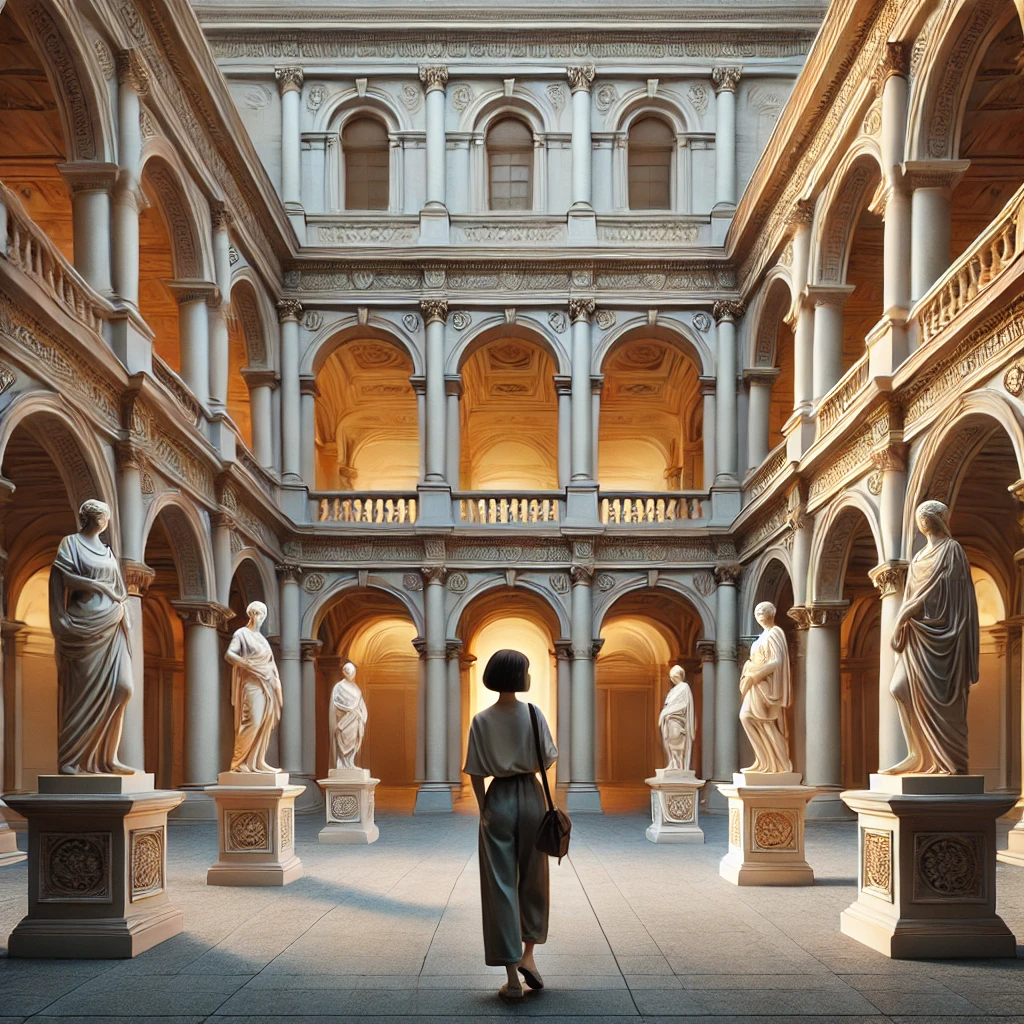ChatGPT:
Pavia, Italy, is a historic city located in the Lombardy region, about 35 kilometers south of Milan. It lies along the banks of the Ticino River and is renowned for its rich history, cultural heritage, and academic significance.
Origins and Early History
Pavia, originally known as Ticinum, was founded by the Ligurians and later developed into a key Roman settlement around the 2nd century BCE. Its strategic location along trade routes and its proximity to the Po River contributed to its early growth. During Roman times, it flourished as a military and commercial center.
Medieval Period
After the fall of the Western Roman Empire, Pavia became an important stronghold for the Ostrogoths and was later conquered by the Lombards in 572 CE. It served as the capital of the Lombard Kingdom until the Frankish conquest in 774 CE, when Charlemagne took control and made it a center of imperial administration in Italy. Its role as a political and religious hub continued, and it was home to significant medieval structures, including cathedrals and monasteries.
Renaissance and Modern Development
Pavia maintained its importance as an intellectual and cultural center during the Renaissance. In 1361, the University of Pavia was founded, becoming one of the oldest universities in Europe. It attracted scholars and fostered advancements in medicine, law, and science.
During the 15th century, Pavia came under the control of the Visconti and later the Sforza families, who further strengthened its fortifications and patronized the arts. It experienced periods of foreign domination, including Spanish and Austrian rule, before becoming part of unified Italy in 1859.
The city maintains its reputation as a center for education and research, thanks to the University of Pavia. It also boasts charming cobblestone streets, piazzas, and vibrant markets, preserving its historical charm while embracing modern life.
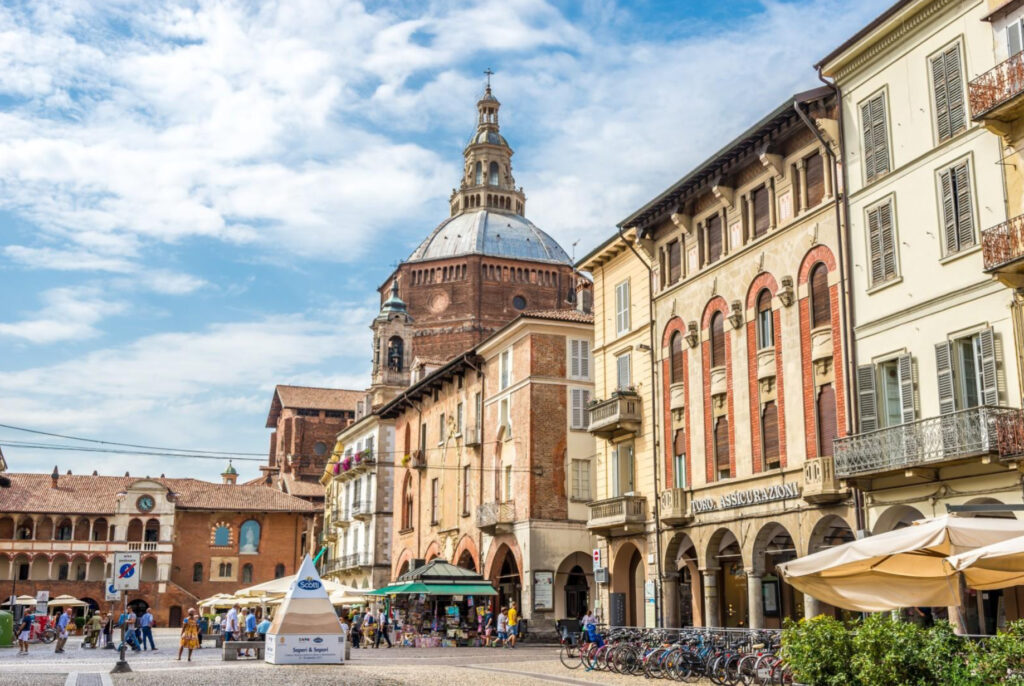
Pavia is rich in historical monuments and tourist attractions that reflect its Roman, medieval, and Renaissance heritage. Here’s a list of key sites to visit:
Religious Monuments
1. Certosa di Pavia (Carthusian Monastery)
• Located about 8 km north of Pavia, this 14th–15th-century monastery is a masterpiece of Renaissance architecture with intricate frescoes, sculptures, and marble decorations.
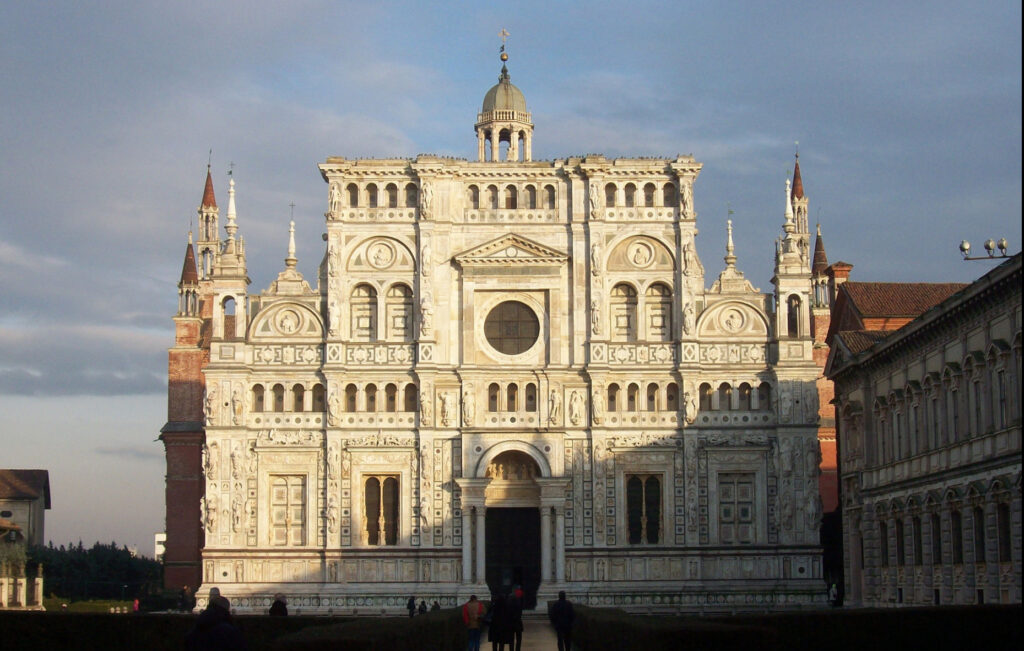
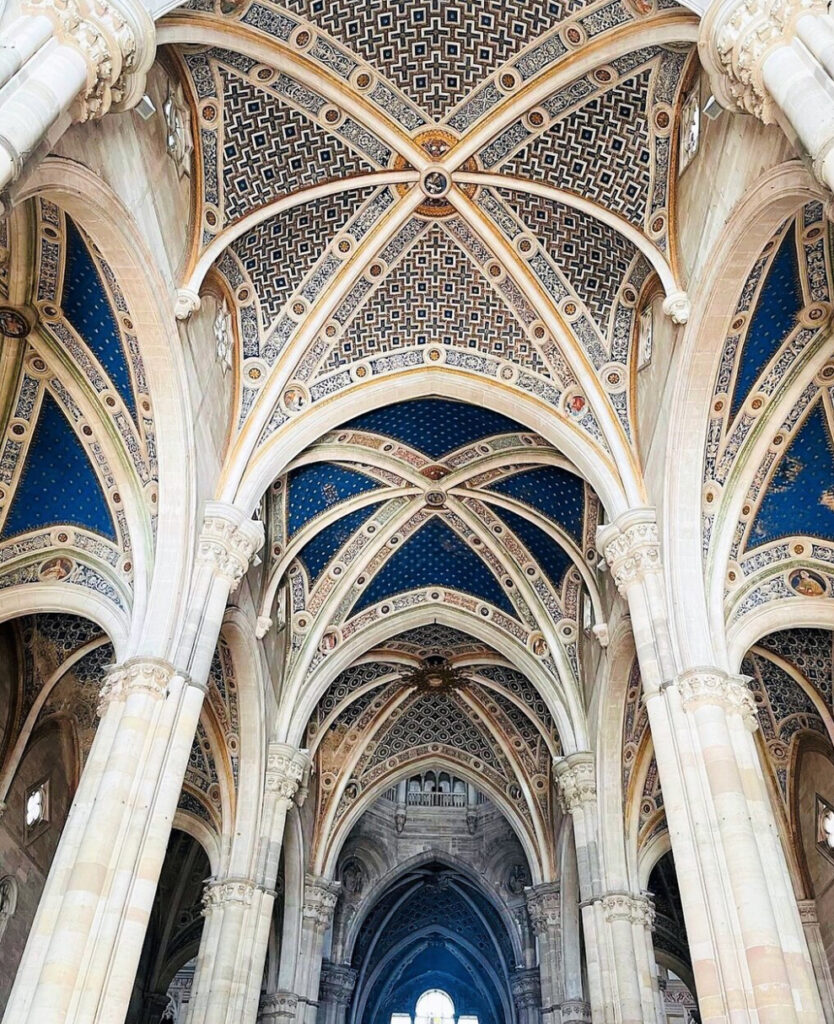
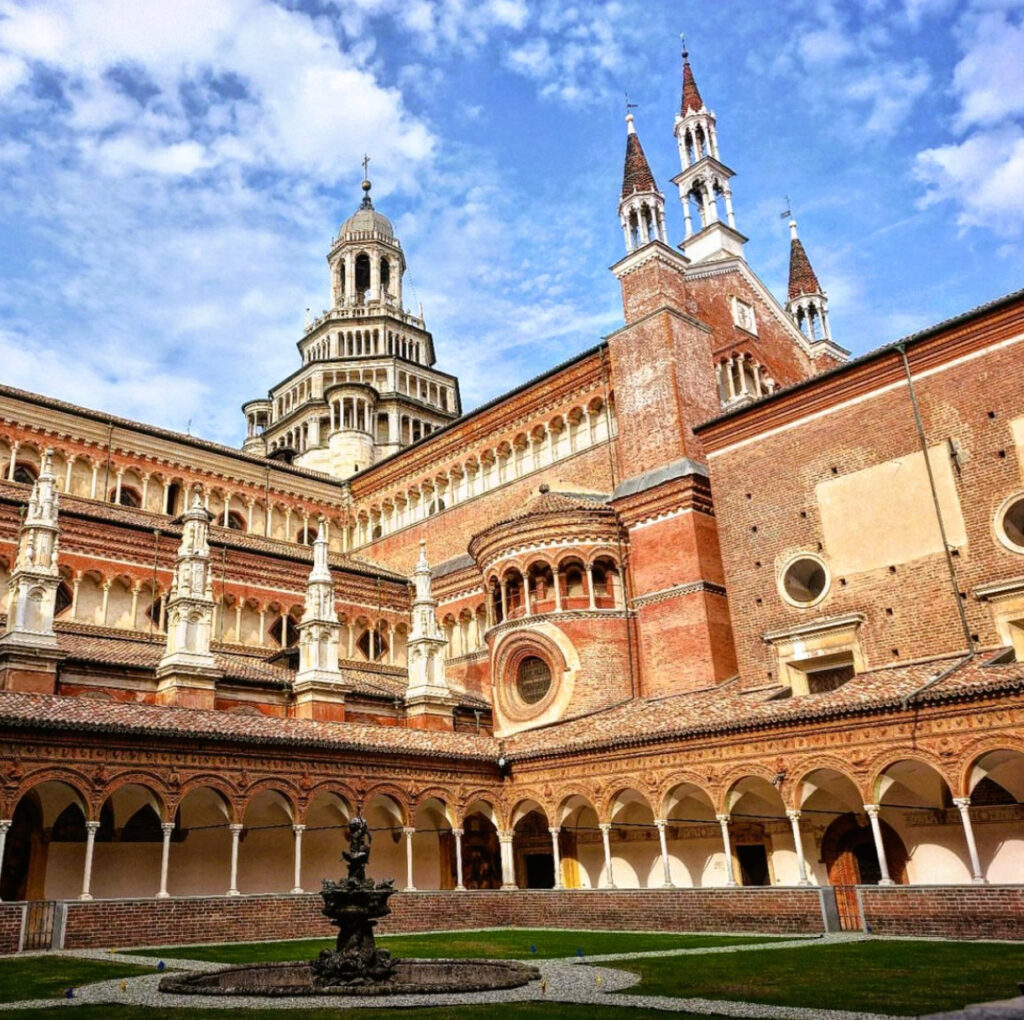
2. Pavia Cathedral (Duomo di Pavia)
• Built between the 15th and 19th centuries, it features one of Italy’s largest domes. Leonardo da Vinci contributed to its design.
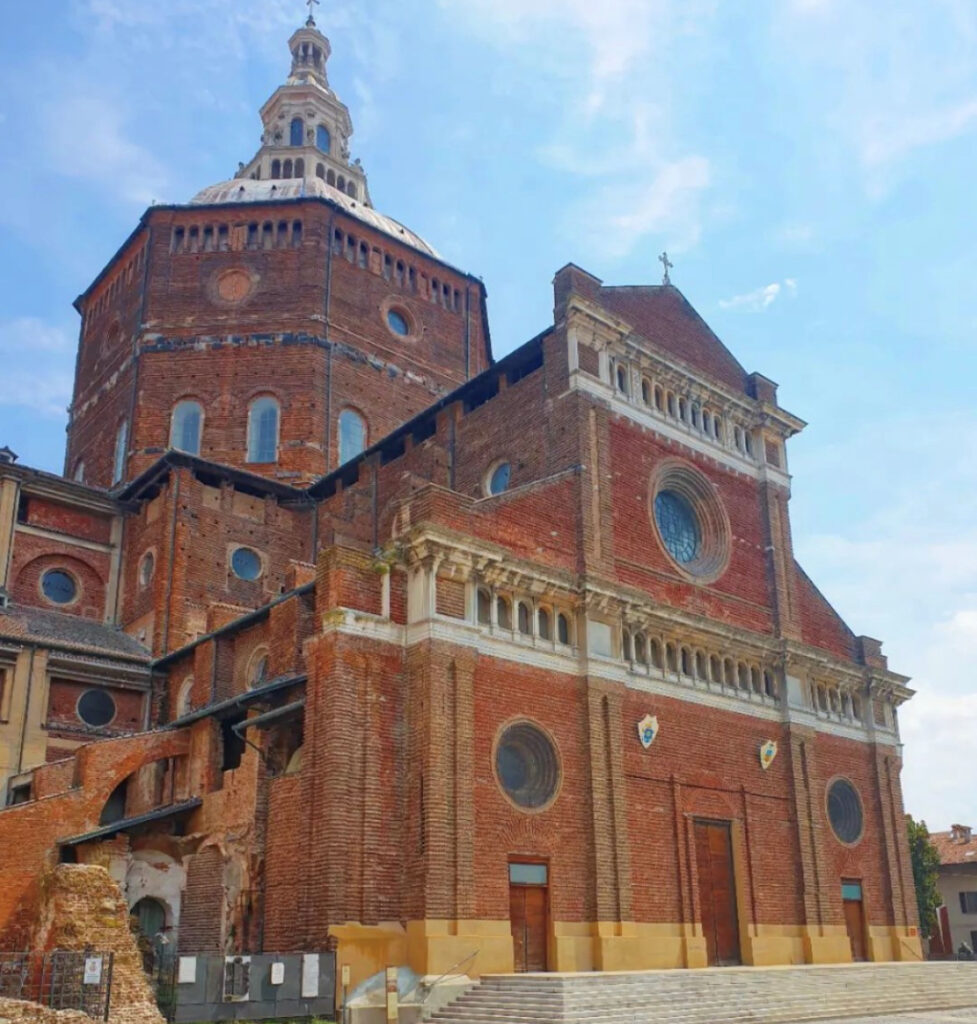
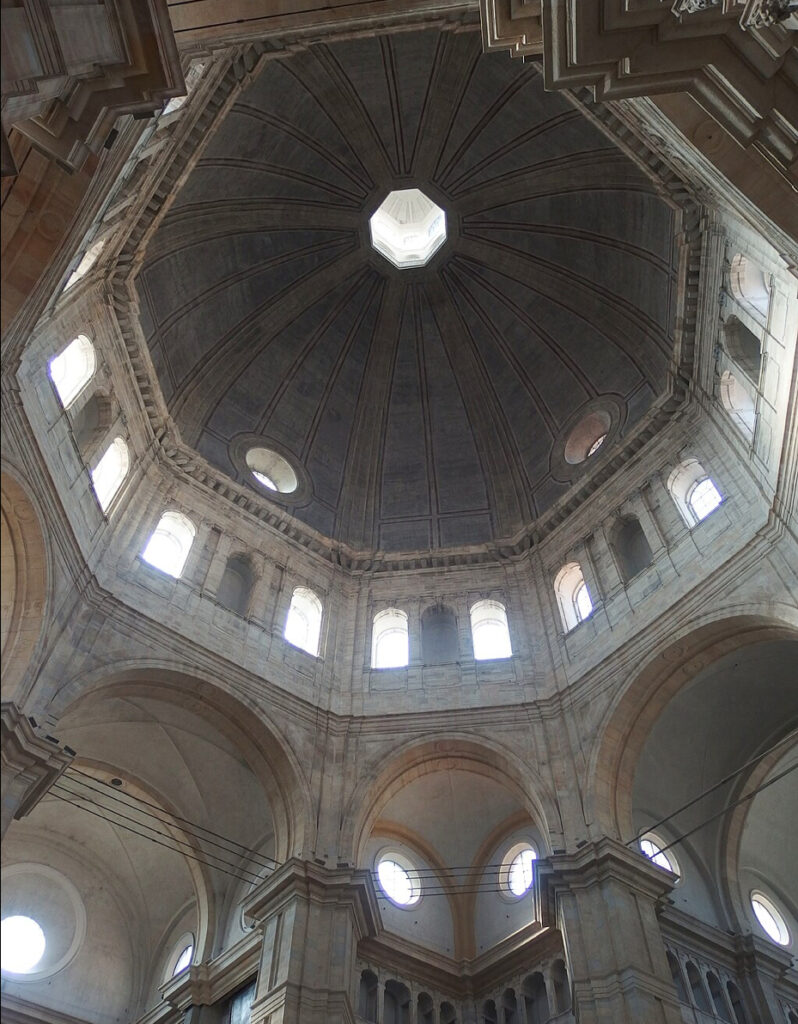
3. San Michele Maggiore
• A stunning Romanesque church from the 12th century, famous for its sculpted façade and historical importance—it hosted the coronation of several kings, including Frederick Barbarossa.
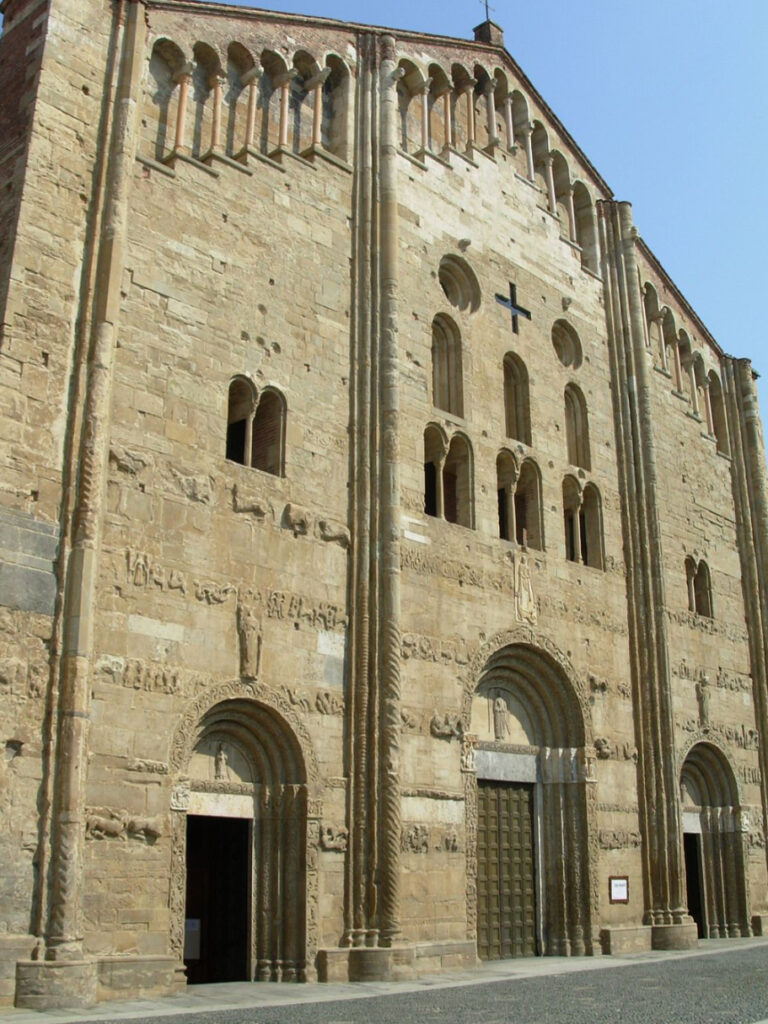
4. San Pietro in Ciel d’Oro
• A Romanesque basilica from the 12th century, housing the relics of Saint Augustine and Boethius. Its name refers to the golden ceiling (Ciel d’Oro).
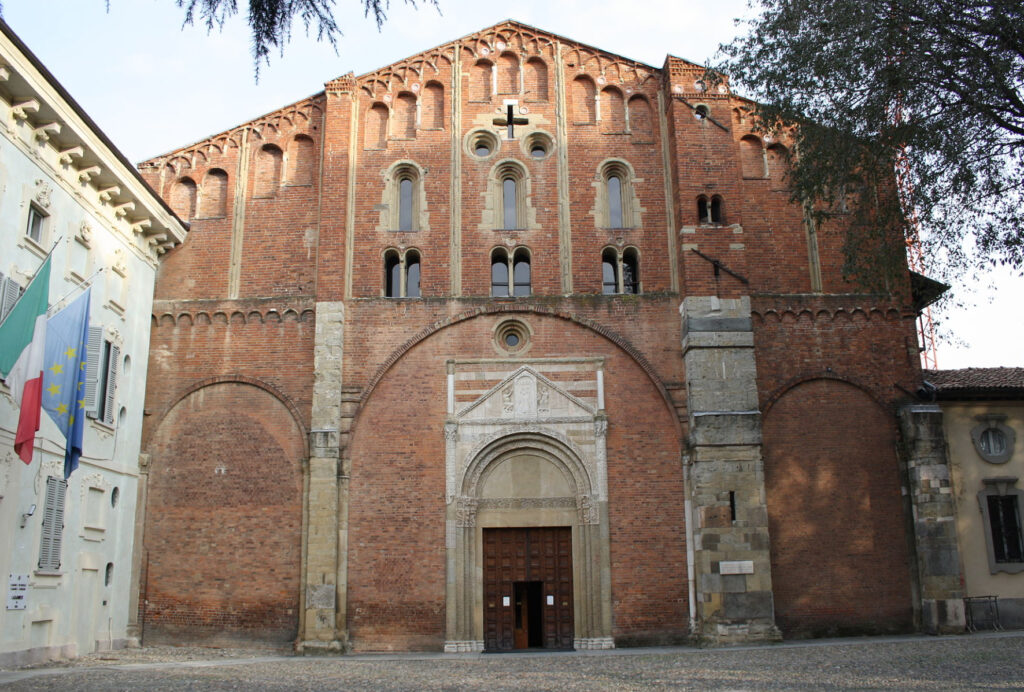
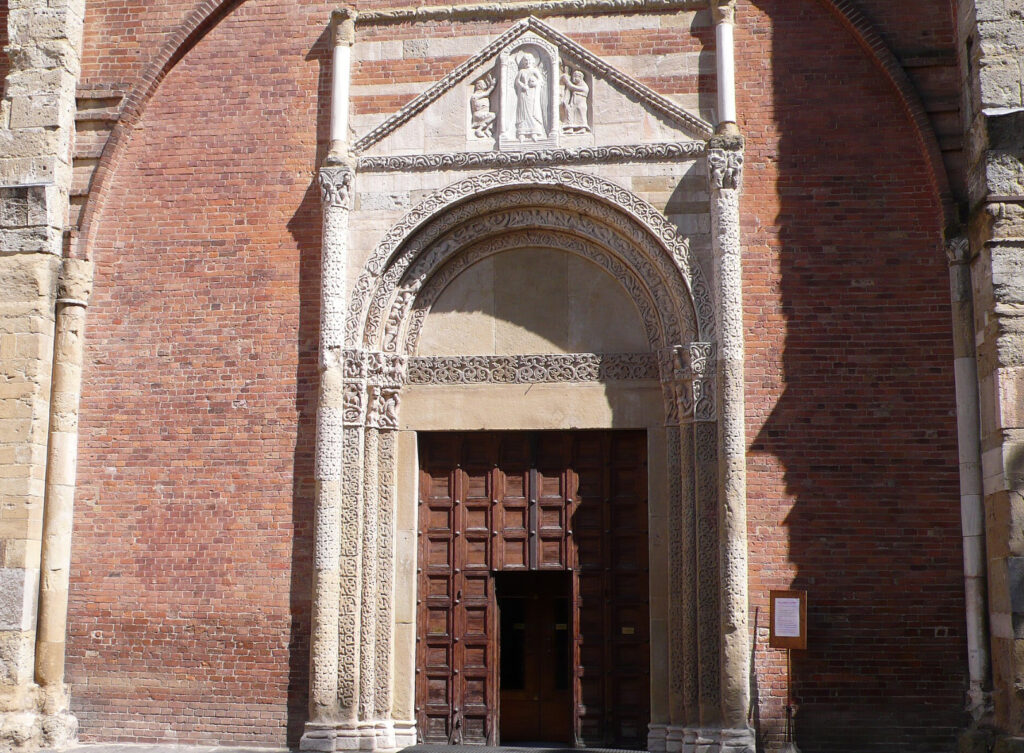
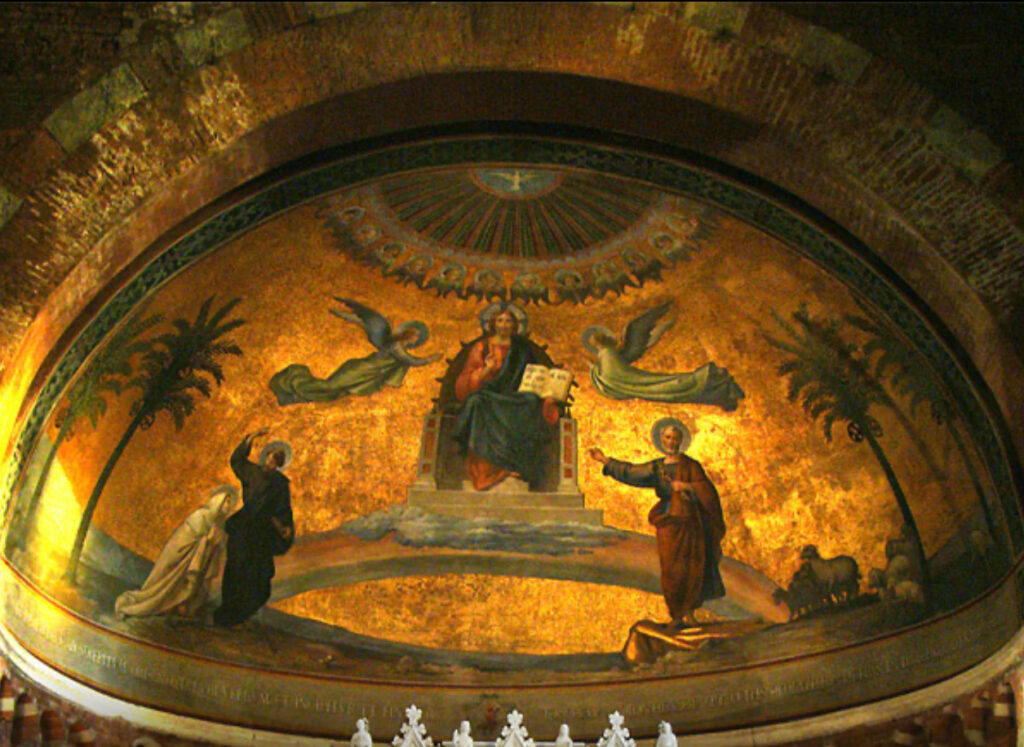
5. Santa Maria del Carmine
• A Gothic-style church from the 14th century, notable for its red-brick façade and elegant rose window.
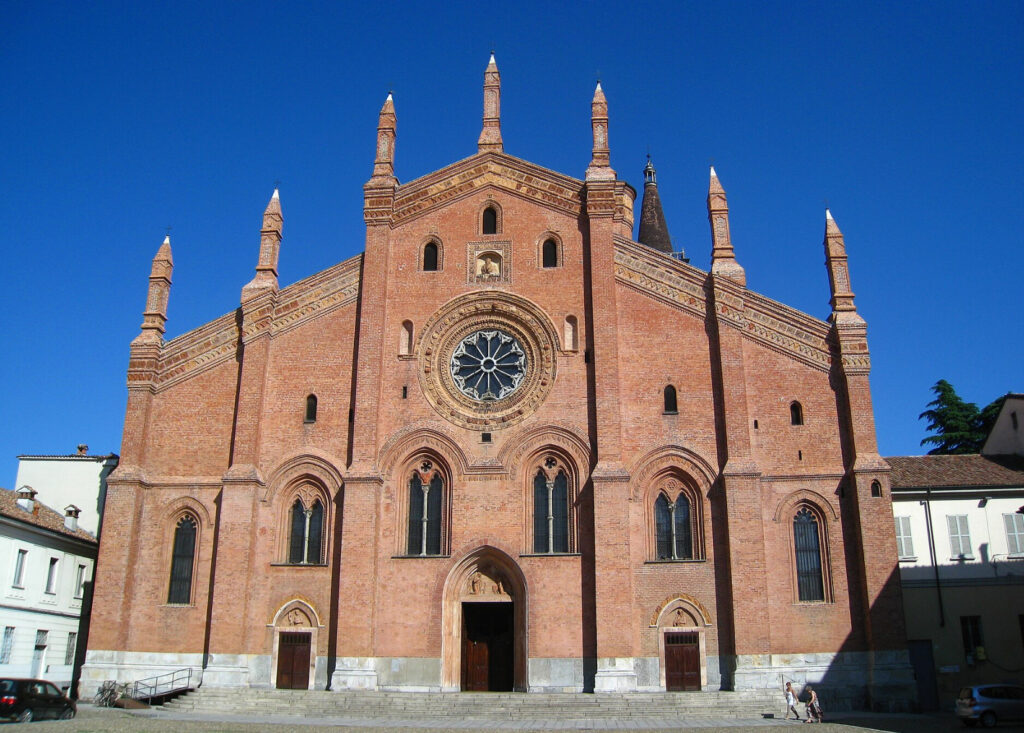
Historical and Architectural Sites
6. Castello Visconteo (Visconti Castle)
• A 14th-century fortress built by the Visconti family, now home to the Civic Museums, featuring medieval art, archaeological finds, and sculptures.
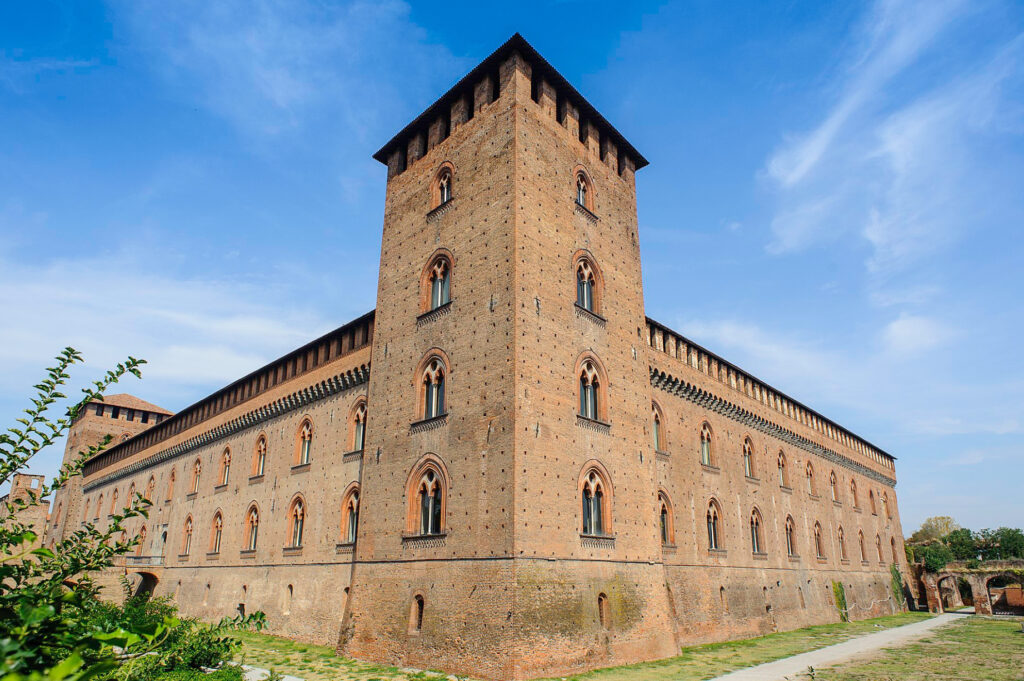
7. Ponte Coperto (Covered Bridge)
• Originally built in 1354 and rebuilt after WWII, this iconic bridge over the Ticino River connects the old city to the picturesque Borgo Ticino neighborhood.
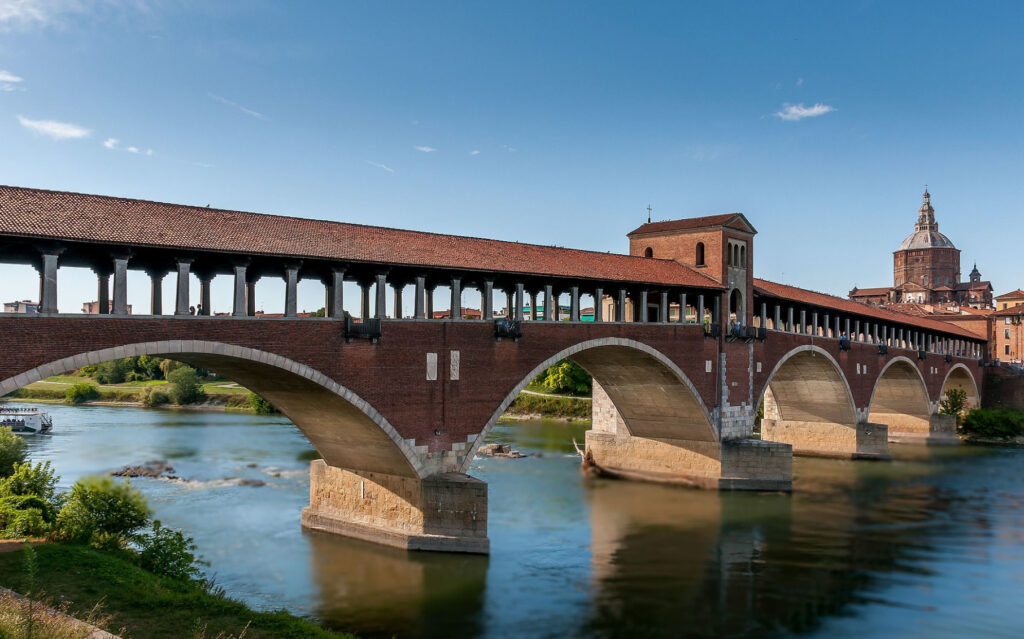
8. University of Pavia
• Founded in 1361, it is one of the oldest universities in Europe. The campus includes historic buildings, botanical gardens, and a museum showcasing scientific instruments and natural history artifacts.
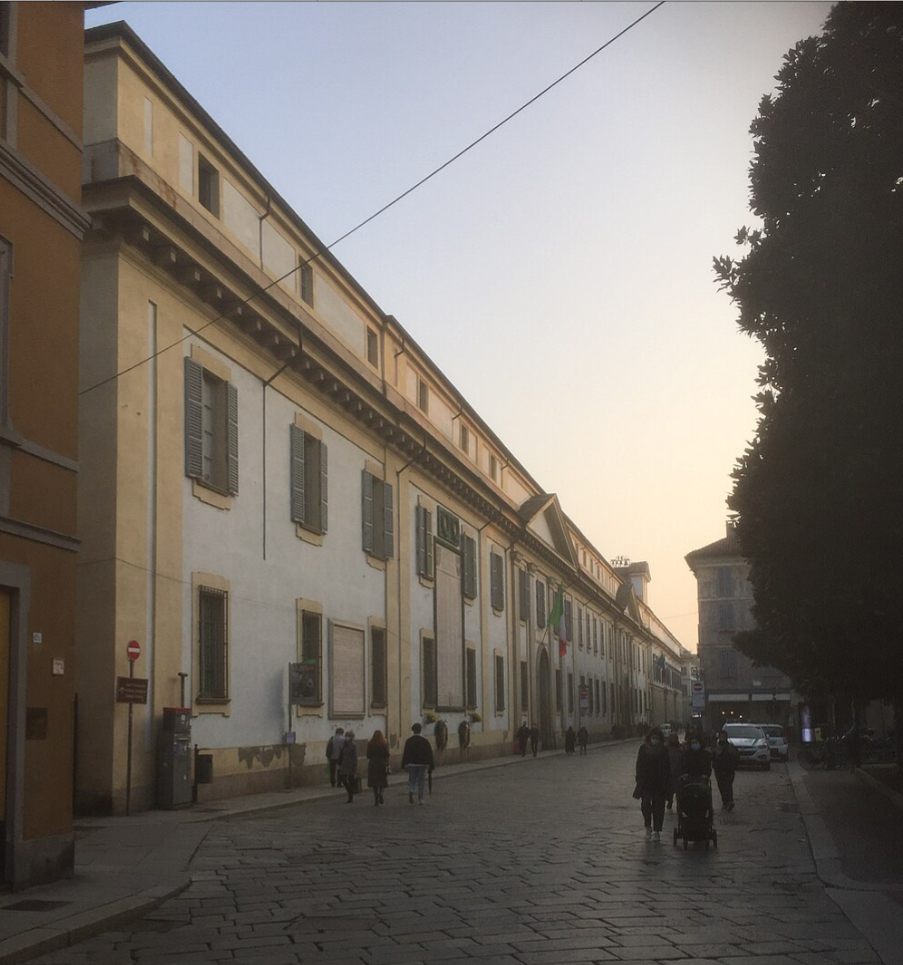
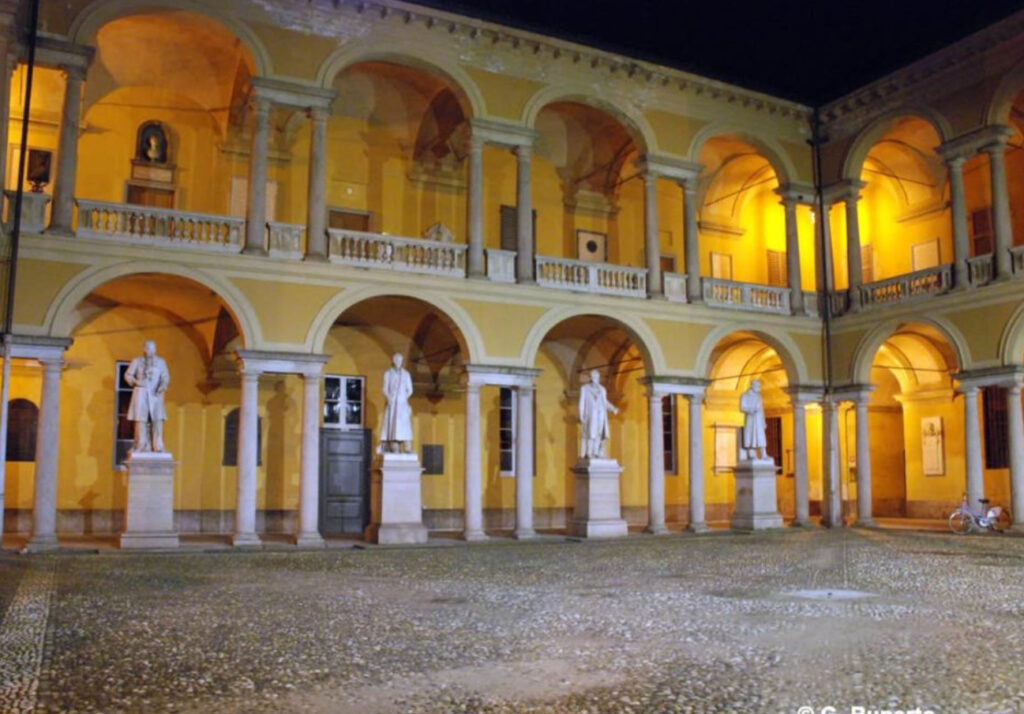
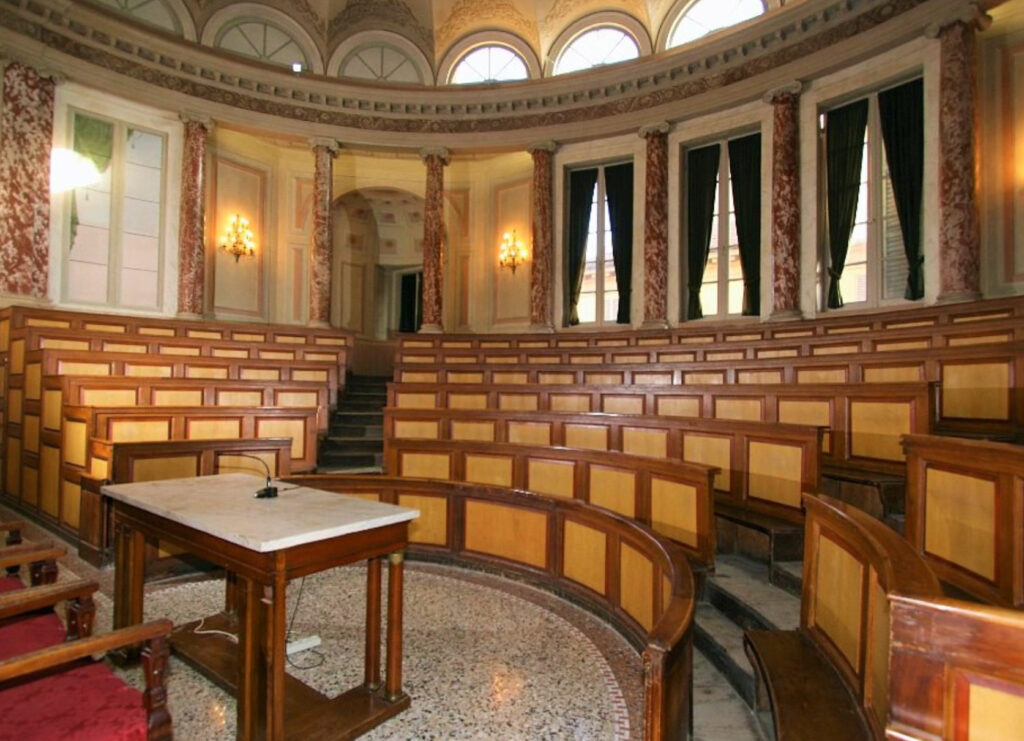
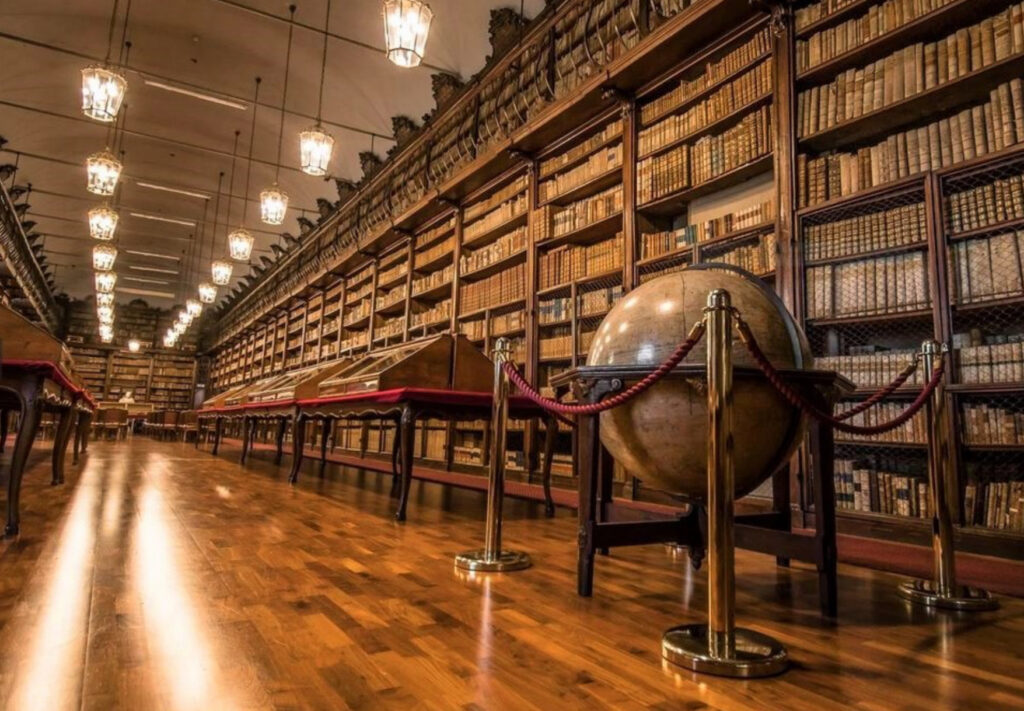
9. Broletto Palace
• A medieval building in Piazza della Vittoria, formerly the town hall, featuring elegant arcades and architectural details from the 12th century.
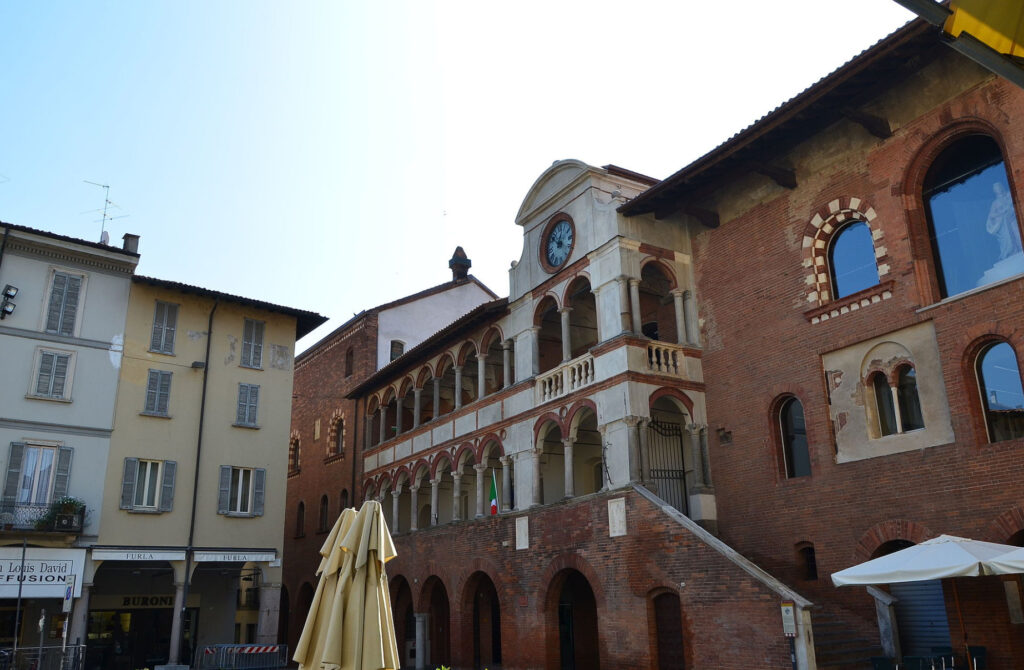
10. Torre Civica (Civic Tower)
• Once a prominent landmark, the tower collapsed in 1989, but its remains and historical significance are still notable.
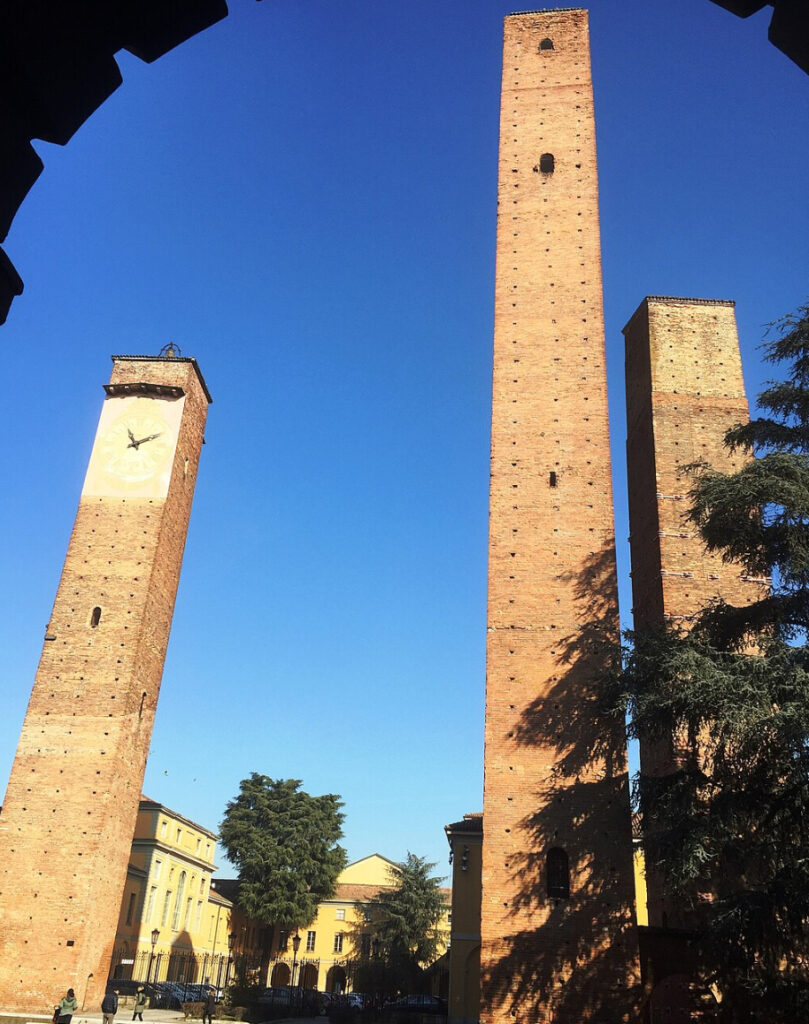
Museums and Cultural Sites
11. Civic Museums of Pavia (Musei Civici)
• Located in the Visconti Castle, these museums offer exhibitions on archaeology, medieval art, and the city’s history.
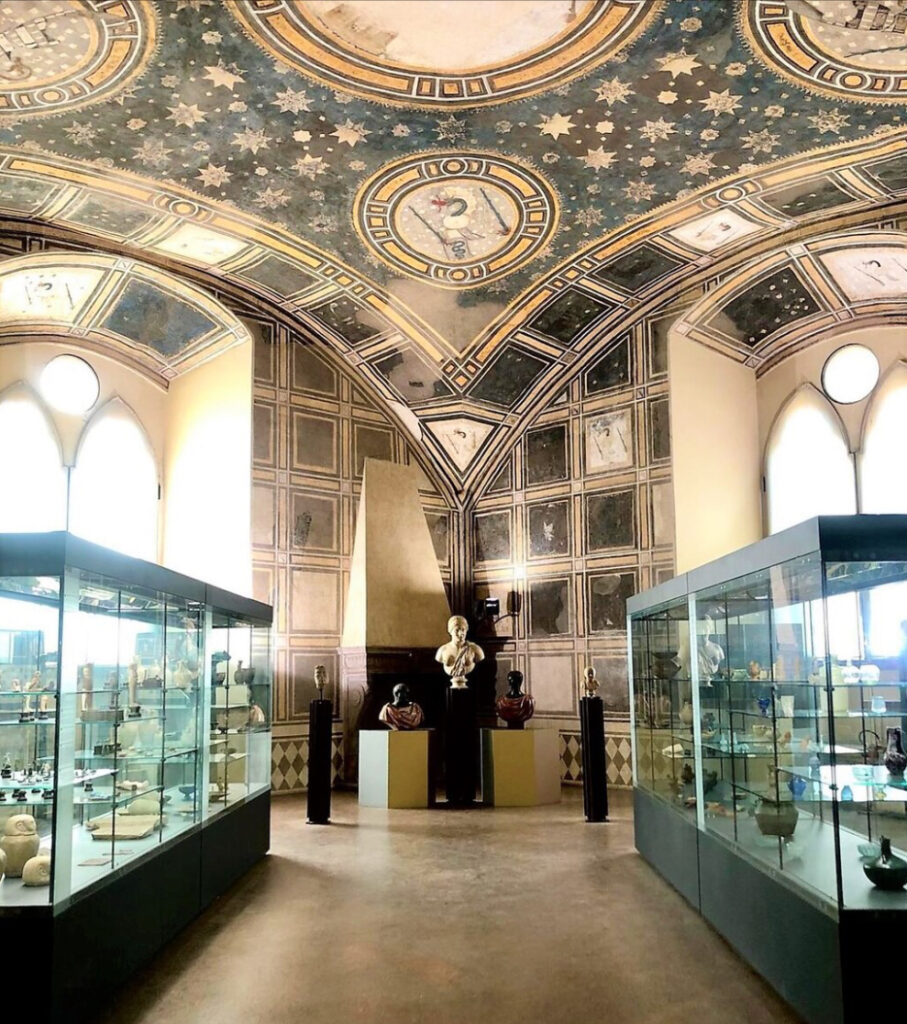
12. Kosmos – Museum of Natural History
• A part of the university, it highlights scientific discoveries and natural history collections.
13. Pinacoteca Malaspina
• An art gallery displaying Renaissance paintings and sculptures.
Parks and Outdoor Attractions
14. Orto Botanico di Pavia (Botanical Garden)
• Established in 1774, it features rare plants, medicinal herbs, and greenhouses for botanical studies.
15. Parco della Vernavola
• A peaceful park ideal for walking and picnics, offering natural beauty near the city.
Pavia blends historical grandeur with academic and cultural appeal, making it an excellent destination for history enthusiasts and casual travelers alike.
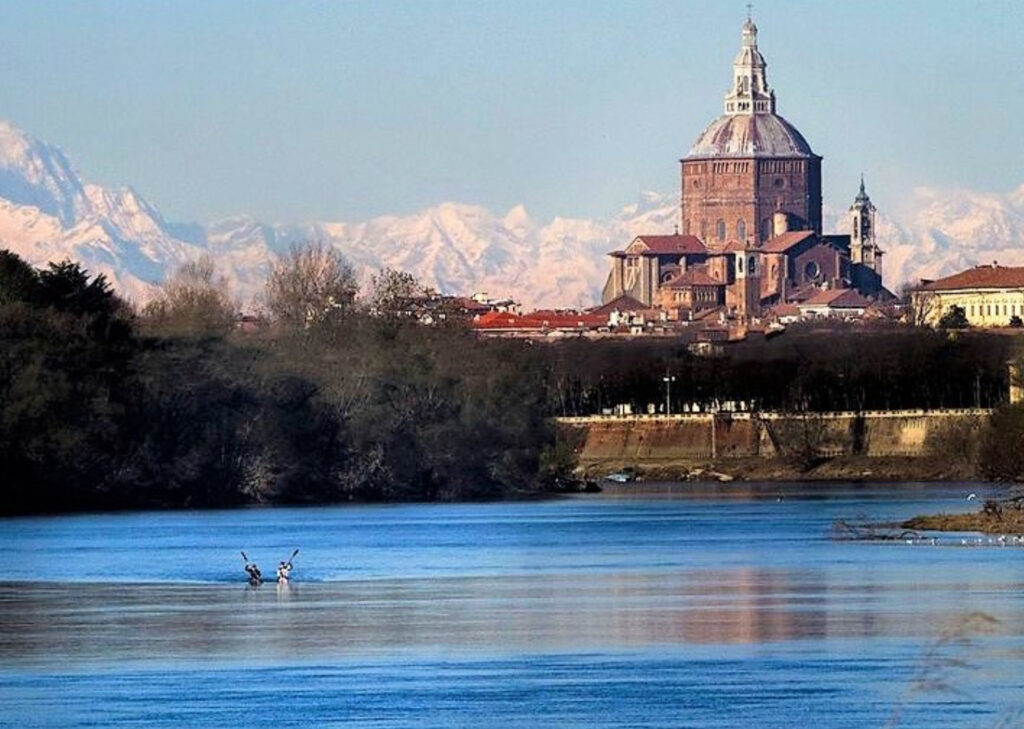
One-Day Itinerary for Pavia, Italy
Morning
9:00 AM – Start at the Certosa di Pavia (8 km north of the city)
• Begin your day with a visit to this magnificent Renaissance monastery, known for its intricate façade, frescoes, and artwork.
• Spend about 1.5 hours exploring the complex and its gardens.
10:45 AM – Head to Pavia’s Historic Center
• Travel to the city center (about 15 minutes by car or train) and enjoy a stroll through the charming streets.
11:15 AM – Visit San Michele Maggiore
• Admire this 12th-century Romanesque church, famous for hosting medieval coronations, including that of Emperor Frederick Barbarossa.
• Spend about 30 minutes inside.
11:45 AM – Explore Pavia Cathedral (Duomo di Pavia)
• Marvel at one of Italy’s largest domes and its Renaissance architecture.
**12:30 PM – Lunch at Antica Osteria del Previ
• Try local specialties such as:
• Risotto alla Certosina – A creamy risotto with crayfish, inspired by the monks of Certosa.
• Oca in Onto – Goose preserved in its own fat, a traditional dish.
• Torta Paradiso – A soft, buttery cake originally created in Pavia.
Afternoon
2:00 PM – Visit Castello Visconteo
• Explore this 14th-century fortress, which now houses the Civic Museums featuring medieval art, sculptures, and archaeological exhibits.
• Spend about 1 hour touring the castle and exhibits.
3:15 PM – Stroll through Piazza della Vittoria
• Relax in the main square surrounded by historic buildings and cafés.
3:45 PM – Visit San Pietro in Ciel d’Oro
• Discover the 12th-century basilica, famous for its golden ceiling and the tomb of Saint Augustine.
• Spend about 30 minutes exploring.
**4:30 PM – Coffee Break at Caffè Demetrio
• Enjoy a traditional espresso or marocchino (espresso with cocoa and milk froth). Pair it with Torta Paradiso if you missed it at lunch.
Evening
5:30 PM – Walk along Ponte Coperto (Covered Bridge)
• Take a leisurely walk across this picturesque bridge over the Ticino River and admire views of the city.
**6:30 PM – Aperitivo at Bar Ticino
• Savor local wines like Bonarda or Oltrepò Pavese Pinot Nero, accompanied by small bites (salumi, cheeses, and bruschetta).
**7:30 PM – Dinner at Trattoria Ressi
• Sample more Pavia classics:
• Ravioli di Brasato – Stuffed pasta with slow-cooked beef filling.
• Salame di Varzi – A renowned regional cured meat.
• End with Zuppa Inglese, a custard dessert soaked in liqueur.
Optional Evening Walk (if time allows):
• Wander along the Ticino River for a peaceful end to your day before returning to your accommodation.
This itinerary provides a balance of history, culture, and local flavors, making the most of your one-day visit to Pavia.
